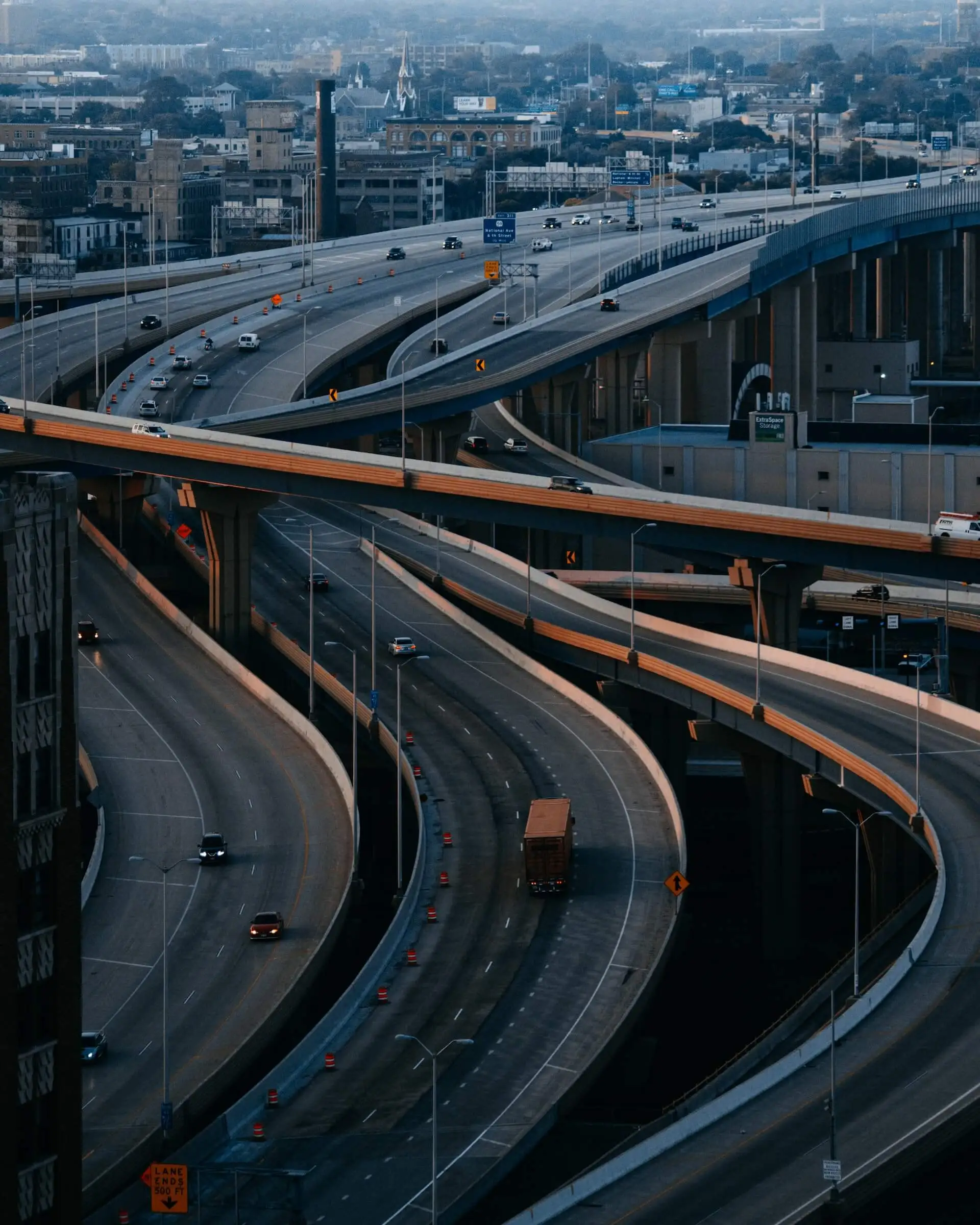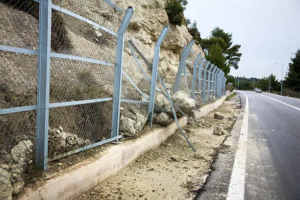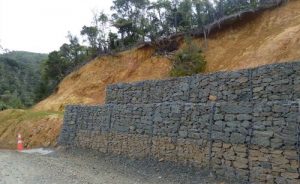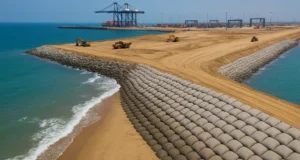Case Study: Enhancing Railway Infrastructure in Gadchiroli, Maharashtra with Ocean Geocomposite 700 GSM
Project Overview
In the heart of Gadchiroli, Maharashtra—a district known for its dense forests and challenging terrain—an ambitious railway infrastructure project took shape to improve connectivity in the region. As part of this critical development, Ocean Non Wovens played a pivotal role by supplying and implementing 10,000 square meters of Ocean Geocomposite 700 GSM to address the complex geotechnical demands of the project.
Railways are the backbone of India’s transportation system, and constructing them through difficult terrains like Gadchiroli requires not just civil engineering excellence but also innovative material solutions. Our high-performance geosynthetics enabled the project to overcome common railway construction challenges such as subgrade stabilization, drainage, and long-term durability.
Table of Contents
The Role of Geocomposites in Railway Projects
Why Geocomposites?
Railway tracks are subjected to extreme loads, cyclic vibrations, and varying weather conditions. Without proper ground treatment, tracks may settle unevenly, leading to service disruptions and safety hazards. Geocomposites, which combine the functions of geotextiles and geonets or geogrids, offer an efficient, cost-effective, and long-lasting solution.
Ocean Geocomposite 700 GSM, in particular, is a robust product composed of a nonwoven geotextile layer thermally bonded with a geonet structure. It delivers dual functionality—drainage and separation—making it ideal for subgrade reinforcement in railway embankments.
Technical Challenges and Solutions
1. Soft Soil and Low Load-Bearing Capacity
Gadchiroli’s soil posed a significant challenge due to its low shear strength and high water retention. Traditional construction methods would have required extensive excavation and replacement of unsuitable soils, increasing both time and cost.
Our Solution:
Ocean Geocomposite 700 GSM acted as a separator and stabilizer, preventing intermixing of the ballast and subgrade while improving load distribution. This not only enhanced the bearing capacity of the soil but also minimized the need for costly earth replacement.
2. Drainage Management
Poor drainage can lead to waterlogging, erosion, and degradation of the railway foundation over time.
Our Solution:
The integrated drainage capability of our geocomposite facilitated lateral water flow, ensuring quick discharge and protecting the track bed from water accumulation. This significantly reduced maintenance costs and improved track longevity (Indian Railways Technical Bulletin, 2022).
3. Long-Term Durability Under Cyclic Loads
Railway tracks undergo repeated loading and unloading. Traditional subgrade materials tend to degrade under such conditions.
Our Solution:
Ocean Geocomposite 700 GSM’s tensile strength and resistance to mechanical damage ensured sustained performance under dynamic loading, increasing the reliability and safety of the railway line (IS 16391:2015 – Indian Standards for Geosynthetics).
Unique Benefits Delivered by Ocean Geocomposite 700 GSM
Unlike many suppliers who focus solely on supply, Ocean Non Wovens provided on-ground support, technical consultation, and ensured quality control throughout installation. Here’s what sets us apart:
- Enhanced Track Performance: By improving subgrade stiffness and drainage, the risk of track deformation and settlement was minimized.
- Environmental Sustainability: Geocomposites reduced the need for raw material transportation and excavation, thus lowering the carbon footprint of the project.
- Reduced Lifecycle Cost: The durability and efficiency of our material significantly reduced future repair and maintenance expenses.
These aspects are often overlooked but are critical in ensuring that infrastructure investments remain sound for decades.
Data-Driven Insight: Railway Track Failures in India
According to a report by the Ministry of Railways (2019), over 35% of railway track failures in India stem from poor subgrade conditions and inadequate drainage. The inclusion of geosynthetics like geocomposites in railway projects is no longer optional but essential for sustainable infrastructure (Ministry of Railways Annual Report, 2019).
By proactively integrating Ocean Geocomposite 700 GSM into the railway bed in Gadchiroli, the project anticipated and mitigated these failure points, proving the power of future-focused engineering.
Going Beyond the Installation – The Aftercare
What truly distinguishes this project is our commitment beyond the installation phase. Ocean Non Wovens provided:
- Training for on-site teams
- Post-installation inspection
- Documentation and traceability of product use
- Environmental compliance reporting
Most companies often skip this crucial phase. But we believe that a project’s true success lies in its long-term performance, not just its completion.
Conclusion: Building India’s Future with Confidence
The Railway Project in Gadchiroli, Maharashtra, stands as a testament to what thoughtful engineering and the right materials can achieve. At Ocean Non Wovens, we’re proud to have played a crucial role by supplying 10,000 Sqm of Ocean Geocomposite 700 GSM, a product that blends strength, sustainability, and smart design.
Whether you’re tackling complex terrain, soft soils, or demanding durability requirements—Ocean Geosynthetics has the right solution for your infrastructure needs. Reach out to us today to discuss how our range of geosynthetics can transform your next railway, road, or hydraulic project into a long-term success story.



